Mouth breathing is a bad habit characterised by a person breathing through the mouth 25-30% of the time or more. It is a condition that requires immediate attention in children, as incorrect breathing can alter the development of bone structures, leading to a gradual decline in overall health.
Mouth breathing in children is estimated to occur in 3.4% to 56.8% of cases, depending on the country. The development of this condition is most commonly linked to specific obstructions in the respiratory airway system that prevent air from entering or leaving the nose efficiently, leading to a tendency to breathe through the mouth instead.
In this article, I will explain the most essential information you should know about the reasons for mouth breathing and, most importantly, how to identify and treat it.
Table of Contents
Causes of mouth breathing
In mouth breathers, addressing the underlying cause is crucial; the aim is to revert the patient to nasal breathing as swiftly as possible, making it essential to identify the reason behind this habit for successful treatment.
Enlarged tonsils or adenoid growths
The most common cause of mouth breathing is having large tonsils that obstruct airflow through the nose. It is normal for children aged 2 to 6 years to have enlarged tonsils that gradually diminish in size after the age of 10.
However, it is not typical for them to cause persistent mouth breathing, as this indicates they have overgrown and require professional attention. In such cases, the chances of returning to their normal size are slim, and they may cause damage that cannot be spontaneously repaired by nasal breathing.
After the orthodontist identifies the large tonsils, they may refer the patient to an otorhinolaryngologist to perform a tonsillectomy (the removal of the tonsils) prior to continuing with the treatment.

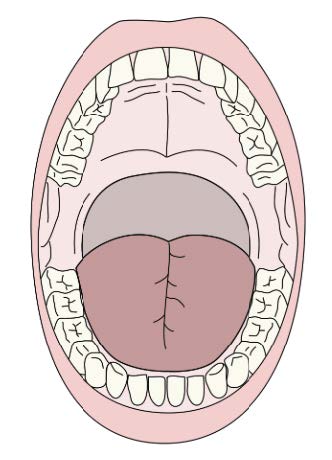
Pollution or allergy
Moreover, other possible reasons for the habit may come from external factors that lead to nasal blockage resulting from persistent mucus production.
Pollutants from environmental damage or allergens have been shown to be related to incorrect breathing. Whether you live in a densely populated city or have a pet that consistently makes you feel allergic and itchy, these could very likely be the cause of long-term blockage.
Deviated nose
Sustaining trauma to the nose can result in its deviation, which may reduce airflow to the lungs; this insufficient air intake often leads us to unconsciously use our mouths to take in the extra air needed.
Overgrown tissue
Other possible reasons for chronic breathing difficulties through the nose is associated with obstruction caused by overgrowth of the tissues that line the nose and the sinuses. Some of the most common causes are polyp-formation or turbinate hypertrophy.
Physical features
Whether we examine the face or the inside of the mouth, there are specific features that allow us to identify and classify mouth breathers.
Observing the face
The medical term for the face of a mouth breather is “adenoid face”. It is typically characterised by a tired appearance, with drooping skin around the eyes, poorly defined cheekbones, a permanently open mouth, and a recessed chin.
During a child’s growth, airflow guides the development of facial features. When there is continuous mouth breathing, the lack of air pressure in the nose results in the underdevelopment of the surrounding structures. As the bones are not as prominent as they should be, the skin is not supported, causing its droopy look, which in turn ages the person’s face.
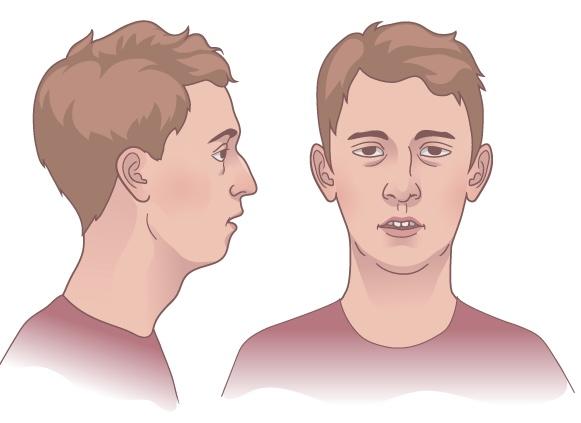
Observing the inside of the mouth
As mentioned previously, the underdevelopment of certain bones can also be seen inside of the mouth. The palate is quite deep with a reduced width, leaving insufficient space for the proper positioning of the tongue when the mouth is closed.
Furthermore, there is an incorrect alignment between the upper and lower teeth, known as a posterior crossbite. If not identified and treated promptly, this may necessitate significant therapeutic intervention.
Breathing continuously through the mouth rapidly dries out the saliva, which removes this natural lubricant that protects the teeth and increases the risk of bacterial infection, potentially leading to cavity formation or gum disease.
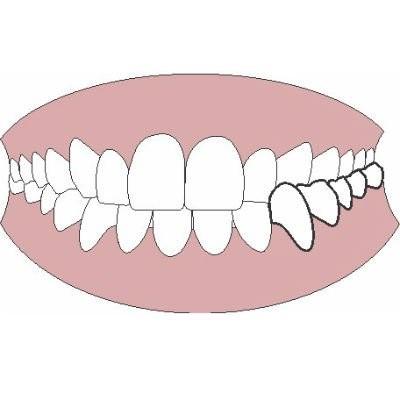
Treatment
To treat mouth breathing, it is essential to first identify the root of the problem. In some cases, removing the cause, such as a specific allergen, or performing a tonsillectomy due to enlarged tonsils, may resolve the issue spontaneously and eliminate the need for further treatment.
However, in certain cases, especially when mouth breathing has persisted for an extended period, additional treatment may be necessary to correct the bone structure, enabling the patient to breathe through the nose effortlessly.
An orthodontist may plan a treatment with an expander to enlarge the width of the narrow palate so that the nasal passage widens and furthermore, allows the improvement of the alignment of the teeth with correction of any preexisting cross-bites.
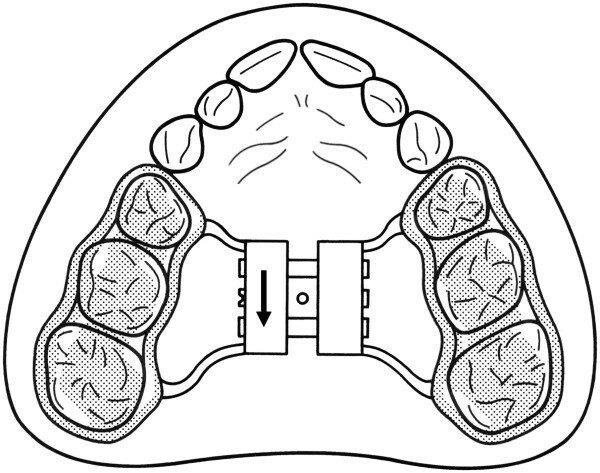
Some may require additional adaptation to nasal breathing, as they have been accustomed to breathing only through their mouths. It is recommended to stimulate the sensors by engaging in breathing and smelling activities.
Certain exercises you can try include closing one nostril with your fingers for 10 seconds to breathe through the other and vice versa. Additionally, smell a menthol inhaler to activate the nasal receptors until the breathing occurs subconsciously.
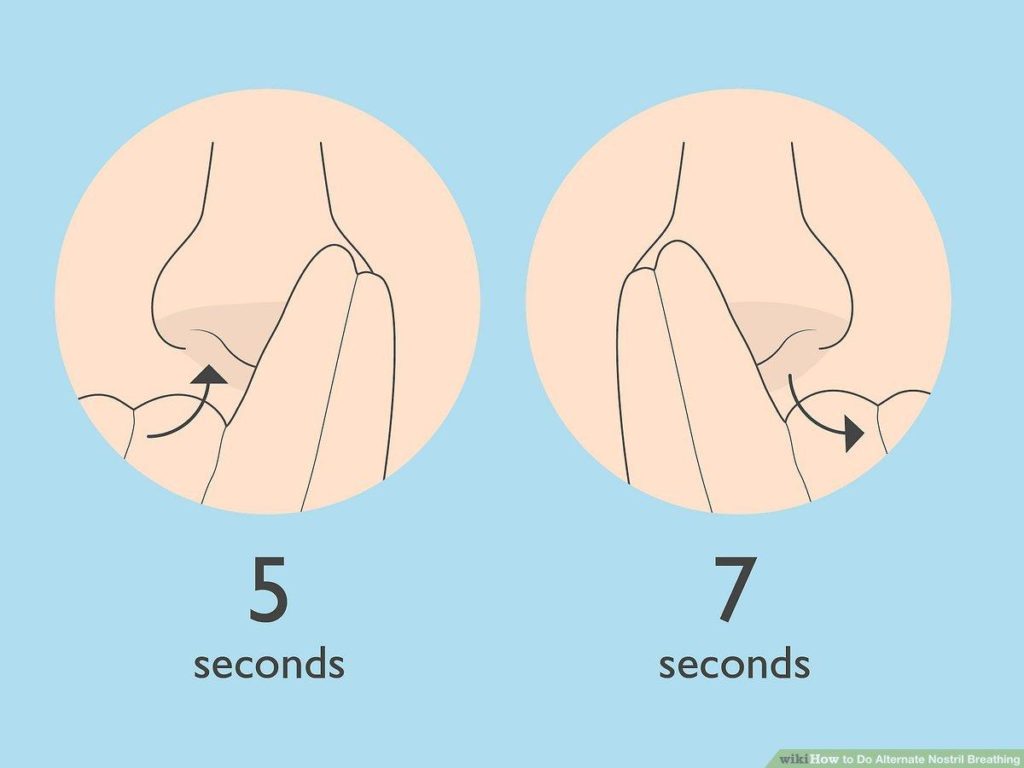
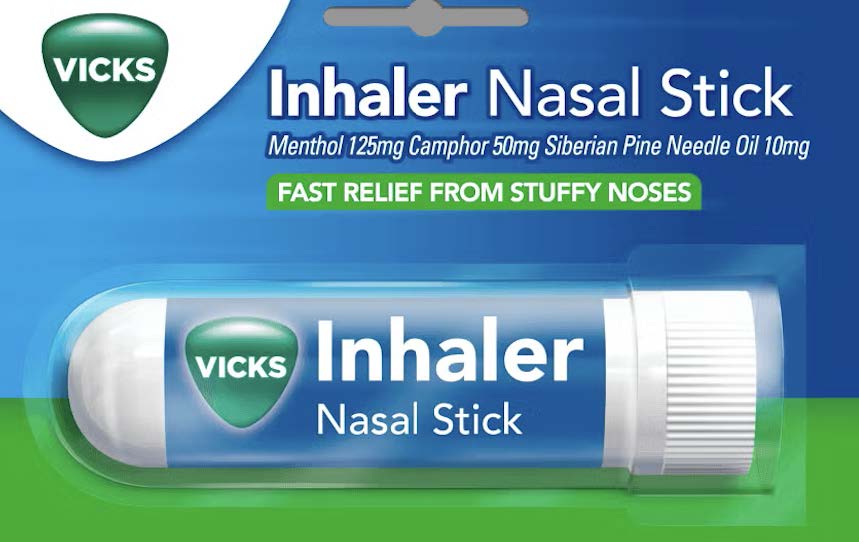
You’re welcome to ask any questions that you might have about mouth breathing in your next orthodontic appointment in Dental Geneva!
See you soon!


